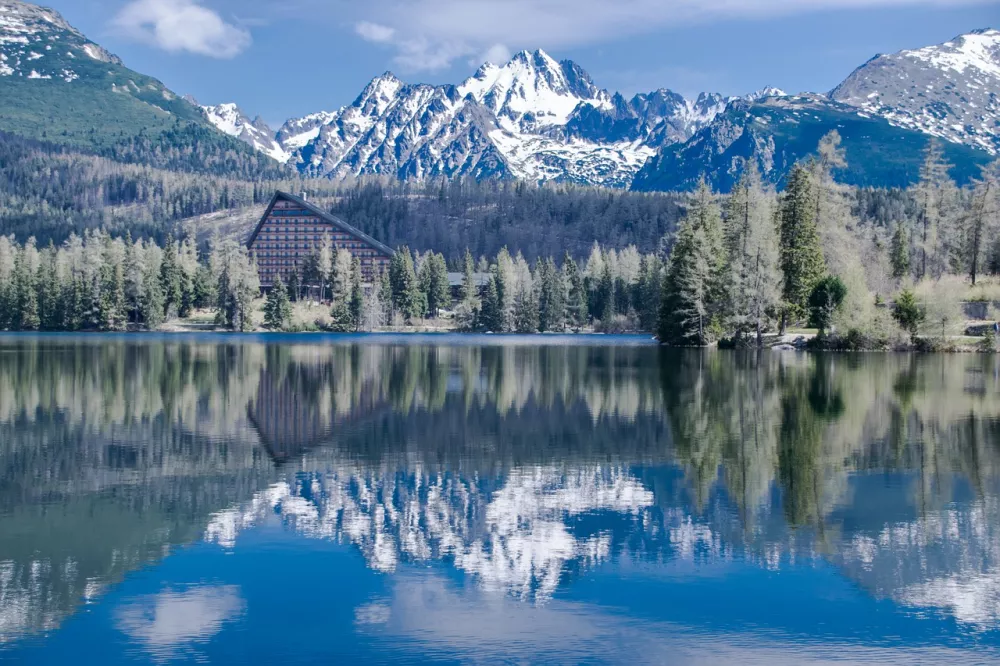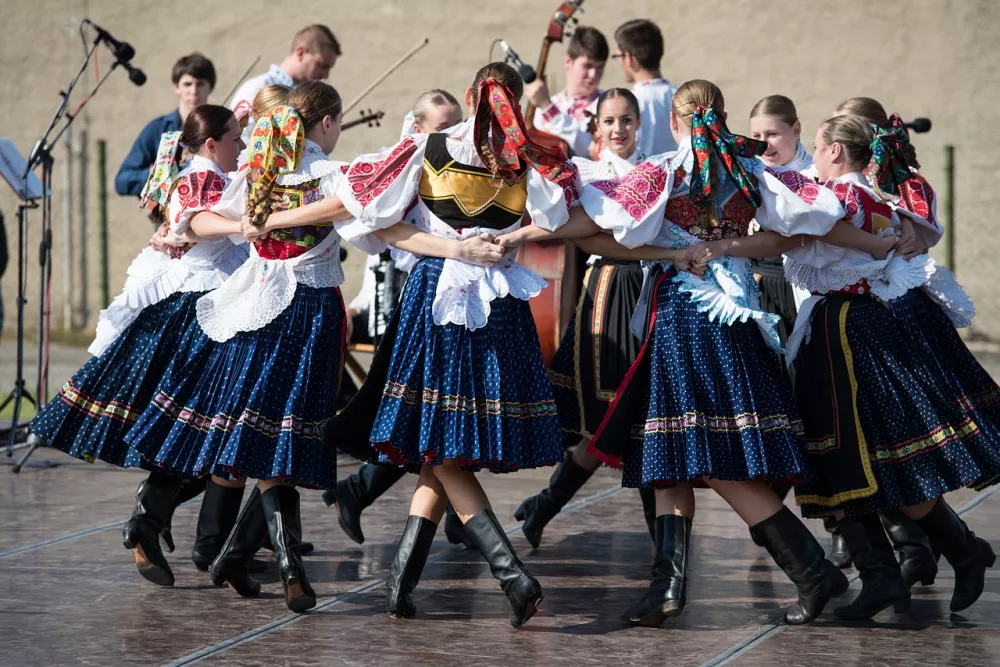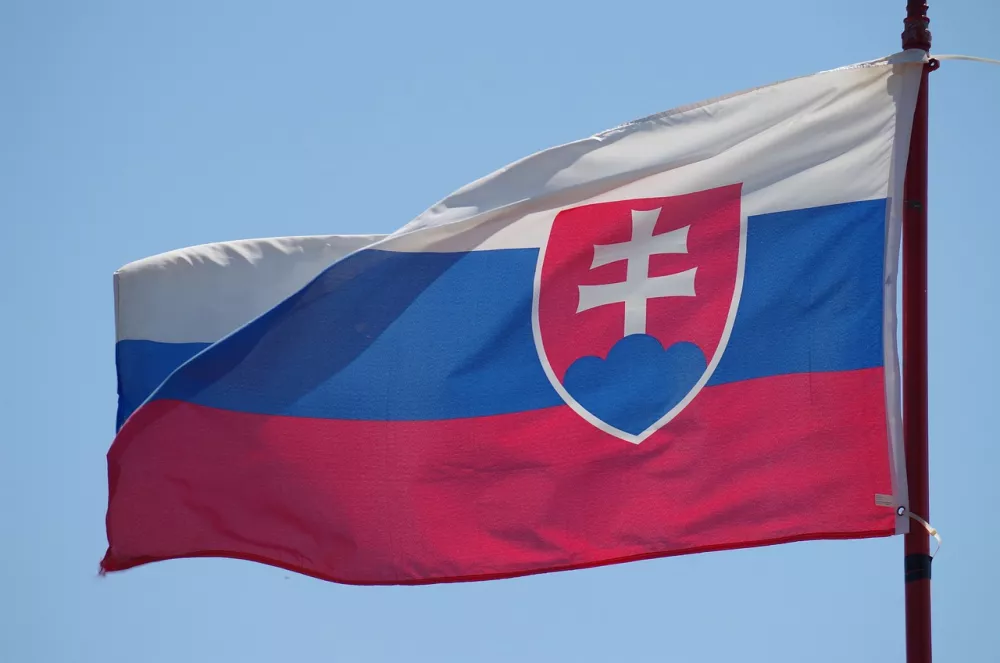Slovakia guide 
The small country in Central Europe has been loved not only by mountaineers heading to the Tatras. Slovakia attracts mainly with its beautiful nature - whether for hiking in the summer or skiing in the winter. You can also visit historical towns and castles here. You can also relax in thermal baths. Our online guide will advise you on which one to choose.
Bratislava - The capital of Slovakia is located on the Danube River. From Bratislava Castle you can enjoy beautiful views of the entire city.
Košice - The Hornád River flows through the largest city in eastern Slovakia. In 2013, Košice was the European City of Culture.
Trenčín - The historic town on the border with the Czech Republic is dominated by the ancient Trenčín Castle. Tourists head here for beautiful sights, hiking or skiing in the nearby mountains, or perhaps for the Pohoda music festival.
High Tatras - The highest mountain in Slovakia Gerlachovský Štít measures 2654 m.a.s.l. In this article, you will learn about the most famous resorts of the High Tatras, such as Tatranská Lomnica, Štrbské Pleso and Starý Smokovec.
Low Tatras - In this picturesque mountain landscape, you can enjoy not only hiking and cycling, skiing, but also observing diverse flora and fauna. Among the resorts we name Demanovská Dolina and Donovaly.
Slovak Paradise - This national park in the east of Slovakia is famous for its deep gorges, waterfalls, karst formations and rich fauna and flora.

Slovakia, or officially the Slovak Republic, is located in Central Europe. It has a rich history, diverse culture and beautiful nature.
Less than 5.5 million people live in Slovakia, of which over 400,000 live in the capital Bratislava.
Since 2004, the country has been part of the European Union, and since 2009, payment has been made in the Euro.
Slovakia covers 49,035 km².
Tourists often go to the High Tatras, the highest mountain range in Slovakia. The highest peak, Gerlachovský štít, rises to a height of 2,655 meters above sea level. In the south of the country, fertile plains stretch around the Danube River.
The first people came to this area already in prehistoric times. In ancient times it was inhabited by the Celts, then the Germans and then the Slavs. In the 9th century, Slovakia became part of the Great Moravian Empire, one of the first Slavic states. After the demise of Great Moravia, the territory of Slovakia became part of the Kingdom of Hungary, where it remained until the end of the First World War.
After the First World War, in 1918, Slovakia became part of the newly formed Czechoslovakia.
Slovakia gained full independence on January 1, 1993, when Czechoslovakia peacefully split into the Czech Republic and the Slovak Republic.

Slovak culture includes various folklore traditions, music, dance and folk architecture. Traditional musical instruments include, for example, the fujara or dulcimer. Slovakia is also known for its costumes and folk festivals.
The Slovak economy is based on services, industry and agriculture. Important sectors are the automotive industry, engineering, the chemical industry and information technology.
The most popular tourist destinations include:
Tatras - A popular destination for tourists and mountain lovers, offering skiing, hiking and mountaineering.
Slovak Paradise - National park known for its gorges, waterfalls and beautiful nature.
Spiš Castle - One of the largest castle complexes in Central Europe, registered on the UNESCO list.
You can enjoy traditional dishes here, such as bryndza halúšky (dumplings with sheep's cheese), kapustnica (cabbage soup) or pierogi. A typical drink is borovička (juniper brandy) and Slovak wine from the Lesser Carpathian region.
